Warmer weather means an increase in outdoor experiences, and more time outside introduces us to more insects! For some insect insights, dive into our Science Career Series. There you can meet an entomologist, a scientist who specializes in the study of insects, like ants, bees, and beetles.
In one of The Walking Classroom’s Science Career Series podcasts, you can hear from Jason Cryan, Ph.D. Dr. Cryan, an entomologist, also happens to be the Deputy Director and Chief of Research and Collections at the North Carolina Museum of Natural Sciences.
The podcast with Dr. Cryan is easily accessible. Download it for free via our website, or hear it on WalkKits in three of The Walking Classroom’s program offerings (4-#94, 5-#100, STEM-#53).
With a bachelor’s degree in zoology, and a master’s degree and a Ph.D. in entomology, Dr. Cryan knows bundles about bugs! His primary area of interest is plant-feeding insects. Of particular interest are those in the sub-order Auchenorrhyncha, commonly known as “hoppers”! These miniature vegetarians include planthoppers, spittlebugs, froghoppers, and treehoppers.
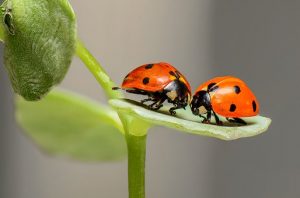 Going Buggy
Going Buggy
Although insects come in different sizes, these cold-blooded critters do have some common characteristics. Insects all have a three-part body, three pairs of legs (Do the math! That’s six legs!), compound eyes, and one pair of antennae.
These antennae are insects’ primary sensory organ, and allow them to touch, taste, hear, and smell! Could you imagine your hands, mouth, ears, or nose being able to do all of those things?
Introduce your students to the insect world with some lesson plans and activities to increase their knowledge. Looking for visuals to support your lessons and make those small specimens more visible? Great images abound!
Beyond Beetles, Bugs, and Butterflies
There are over one million insect species in the world today! Who knew? To find out more about many different insects (sorted by class), try out this online resource.
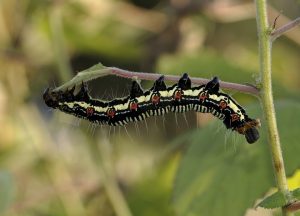 Or, if you’d rather have a resource that doesn’t reside on a screen, check out this free printable insect identification guide. It details the appearance, habits, and diet of over 50 of the most common insects. To help put things in perspective, the color images appear above a scale showing the insect’s actual size!
Or, if you’d rather have a resource that doesn’t reside on a screen, check out this free printable insect identification guide. It details the appearance, habits, and diet of over 50 of the most common insects. To help put things in perspective, the color images appear above a scale showing the insect’s actual size!
Now that you’ve got a class of experts, why not quiz them with a game of insect jeopardy? Or, if you find your crew inspired by all they’ve learned, use that newfound knowledge to engage in a creative pursuits. Try an insect art activity!
Categorizing and Classifying those Little Creatures
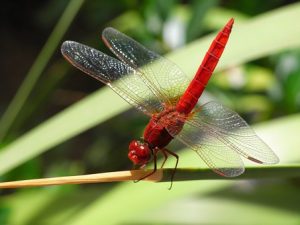 In the podcast, Dr. Cryan discusses the incredible diversity of the insect world. He explains how species get their names using taxonomy, the branch of science focusing on classification of organisms.
In the podcast, Dr. Cryan discusses the incredible diversity of the insect world. He explains how species get their names using taxonomy, the branch of science focusing on classification of organisms.
Clarify the concept of classification for your crew with a quick lesson and follow-up quiz. Then have your students explore the orders of insects on their own, or if they are ready, jump right into things with an insect classification activity for your budding entomologists!



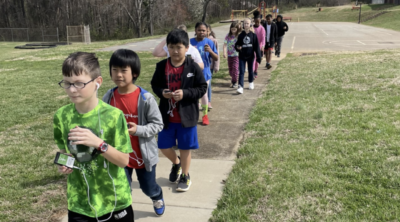
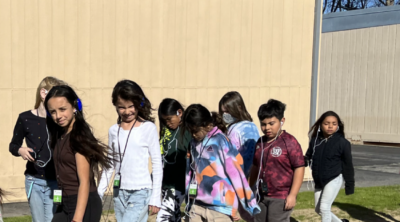

Leave a Reply